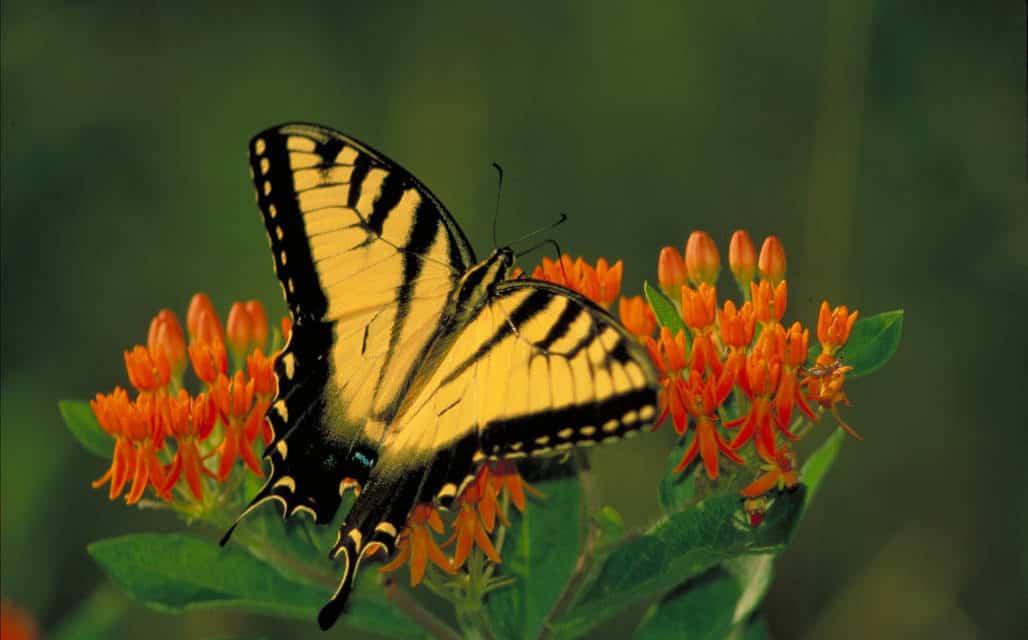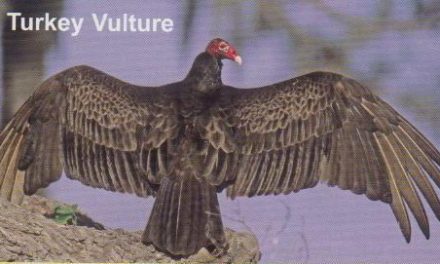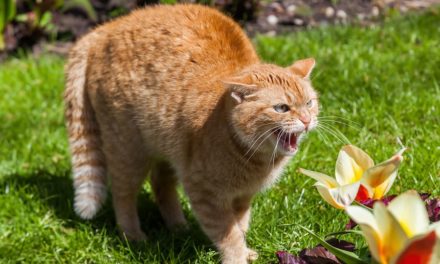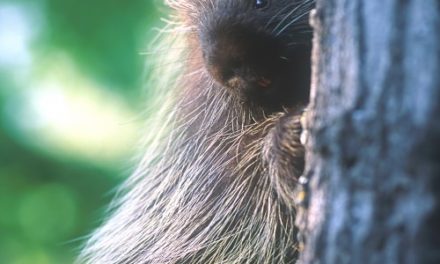By Melissa Wynn
One of my favorite parts of a Plumas County summer is watching the butterflies. Over eighty species call this neck of the woods home so step outdoors and have a look around to see who is fluttering by. Here are a few of our favorite neighbors; who’s in your backyard?
[media-credit name=”Joel Trick fws.gov” align=”alignleft” width=”300″]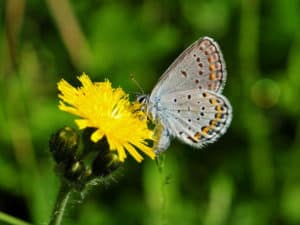 [/media-credit]The Melissa Blues lay their eggs on the beautiful Lupine plant and have a symbiotic relationship with ants. The ants protect the newly hatched caterpillar which in turn secretes a sugary substance to feed the ants for their trouble.
[/media-credit]The Melissa Blues lay their eggs on the beautiful Lupine plant and have a symbiotic relationship with ants. The ants protect the newly hatched caterpillar which in turn secretes a sugary substance to feed the ants for their trouble.
[media-credit name=”Dr. Thomas G Barnes fws.gov” align=”alignleft” width=”300″]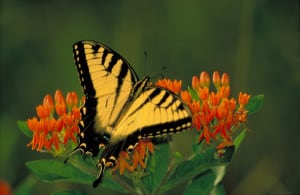 [/media-credit]
[/media-credit]
The Tiger Swallowtails are a treat to watch in yellow and black as they dance through the air. Look for their caterpillars resting on a mat of silk hidden in curled leaves. This species is a hardy breed and their chrysalis hibernate.
[media-credit name=”Laura Perlick fws.gov” align=”alignleft” width=”300″]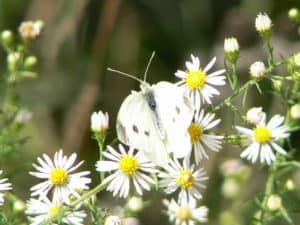 [/media-credit]
[/media-credit]
The Cabbage White is likely to be the first butterfly to catch your eye each year. These small white and black beauties are usually the first to emerge each spring. Their chrysalis also hibernates.
[media-credit name=”US Fish and Wildlife Service” align=”alignleft” width=”300″] [/media-credit]
[/media-credit]
Those catching a glimpse of the Callippe Fritillary are the luckiest viewers of all. This butterfly has The Nature Conservancy rank of T1 – Critically imperiled because of extreme rarity (5 or fewer occurrences, or very few remaining individuals), or because of some factor of its biology making it especially vulnerable to extinction.
[media-credit name=” Laura Perlick fws.gov” align=”alignleft” width=”300″]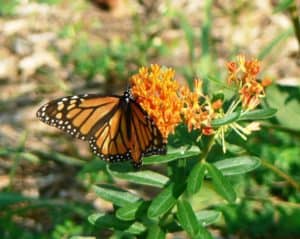 [/media-credit]
[/media-credit]
Monarchs are probably the most familiar butterfly but they are far from common. These seemingly delicate insects make massive migrations from August-October, flying thousands of miles south to hibernate along the California coast and in central Mexico. At the Mexico wintering sites, Monarchs roost in trees by the millions.
They all look so similar but each species is very different, who knew?
Facts and photos courtesy of
abirdshome.com and digitalmedia.fws.gov

